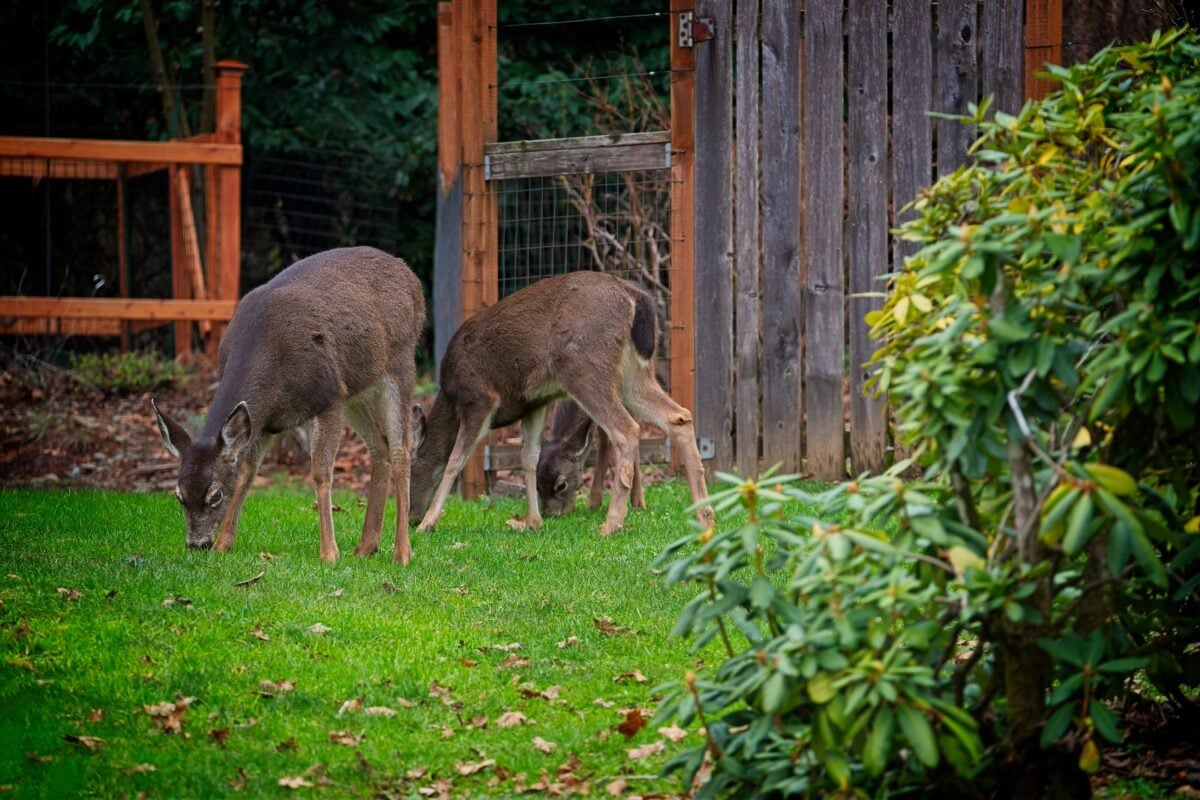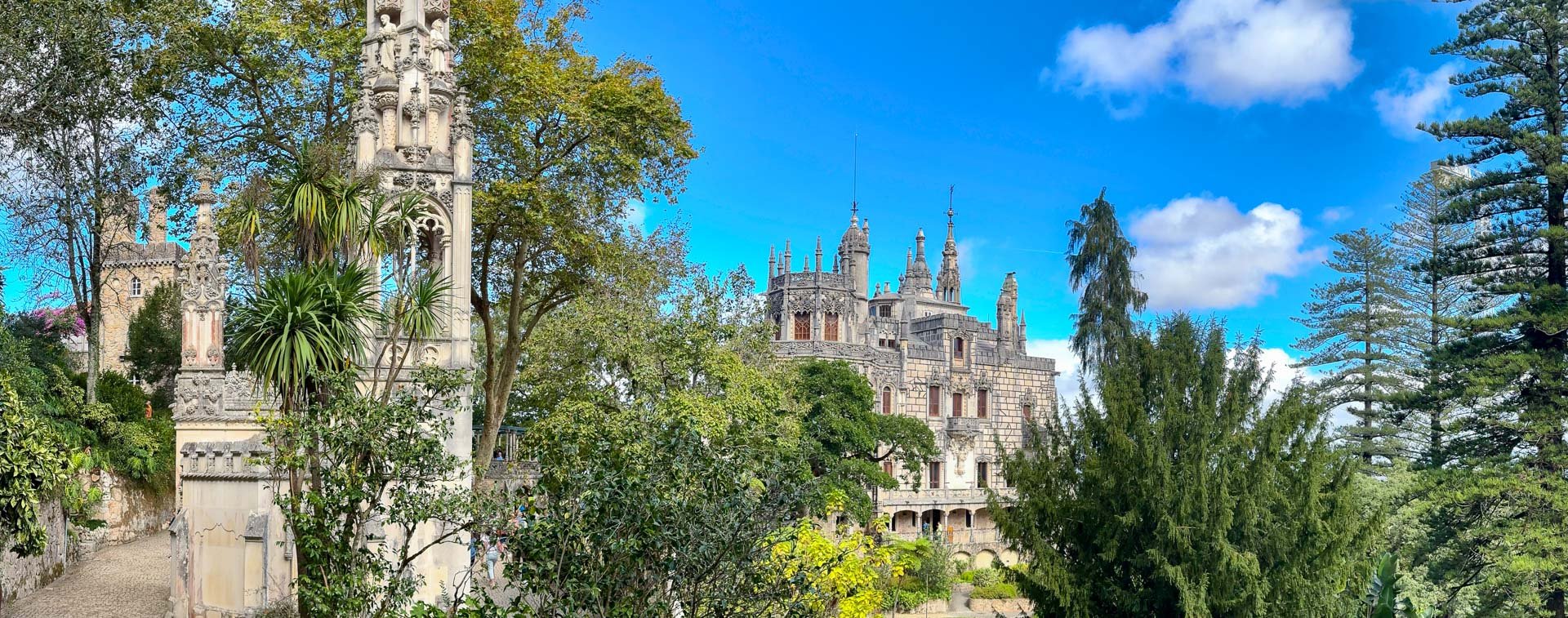

Contributor
- Topics: Archive

In summer, as you enter the small town of Sequim, Washington, on State Highway 101, you’ll see an amazing vista of purple lavender fields shimmering in the warm, gentle breeze that floats up the Sequim-Dungeness Valley. Lower your windows and the heady, fragrant aroma of lavender soon fills the entire car.
Situated at the northern tip of the Olympic Peninsula, the small farming town of Sequim (pronounced “skwim”), population 6,600, is known as the Lavender Capital of North America—and for good reason. With 30 lavender farms covering 50 acres of purple bloom, and growing 160,000 plants, Sequim has become a worldwide destination for lavender lovers.
How did Sequim acquire its reputation as a lavender town? First, there had to be a terroir suitable for growing the hardy purple plant. The town’s unique coastal geography and soil conditions creates a pocket of sunshine, a microclimate similar to that of Provence—southern France’s lavender haven—and has proved ideal for growing this scented, sun-loving plant.

In 1995, a few Sequim farmers began growing lavender to save local farmland from urban development. They experimented with lavender products, creating lavender soaps, candles, bundles, oil, sachets, herbs, salt and pepper, vinegar, biscuits, cheesecake, ice cream, espresso, chocolate, iced tea, honey, chutney, beauty products—anything that could possibly be infused with the fragrant herb. Farmers brought their goods to the town’s Open Aire Market, products flew off the shelves, and the rest is history—lavender farms sprouted like mushrooms up and down the valley.
Today, to celebrate its lavender culture, the Sequim Lavender Farmers Association hosts the ultimate lavender bash, an annual Lavender Farm Faire, held the third weekend in July. Attracting thousands of people from around Washington, the United States, and other countries, lavender lovers tour local farms and revel in all things lavender. This year’s Heritage Lavender Farm Tour includes Lost Mountain Lavender Farm, Purple Haze Lavender Farm, Jardin du Soleil Lavender Farm, Olympic Lavender Farm, Washington Lavender, and Victor’s Lavender Farm and Nursery.

While the farms vary widely—differing in location, size, layout, and the particular type of lavender cultivated—the settings for all are beautiful. Some are tucked in small green valleys with old wooden sheds and picket fences. Immaculately maintained cabins and houses look out over some farms, surrounded by tall willows and cedars. The occasional piece of rusted farm equipment stands among the tall, purple lavender plants.
Each farm hosts a festive mini-fair with entertainment, food booths, and activities ranging from cooking demonstrations (using lavender, of course), arts, crafts, and jewelry, wine tasting, coffee and tea patios, and live music. Experts offer talks on cultivating and harvesting lavender, how to use lavender for good health, how to craft lavender bundles, lavender identification contests, and more.

With a gorgeous panoramic backdrop of the majestic Olympic Mountain range, Olympic Lavender Farm is one of the most scenic and is renowned for its many varieties of lavender plants. Owners Mary Borland-Liebsch and her husband cultivate five acres planted in 20 varieties of organic lavender. Married early in 2010, Bruce, a retired law enforcement officer, donned his gardening gloves and started learning. He soon discovered that lavender comes in different colors, including pink and white, and has many uses.
“When we first started this we had no idea what we were getting ourselves into. I went into town to listen to someone talk about planting lavender and came back and told my husband, ‘Honey, we’re going to grow lavender,’ ” says Mary. “It just snowballed from there into what it is today. It’s become a year-round job doing one thing or other: making products, cutting lavender, distilling, working in the field—it’s turned into a full time job and we love it.” She adds, “We are only open in the summer and we enjoy meeting people who come here from all over the world, including the UK.”

Cedarbrook Lavender and Herb Farm was the first herb farm in Washington State. Nestled comfortably at the base of Bell Hill, the picturesque plot contains 70 different varieties of the purple plant, 200 herbs and perennials, and a gift shop in the 100-year-old historic Bell farmhouse. Marcella and Gary Stachurski have been running Cedarbrook farm since 2005. “Lavender found us, enticed us. We knew we did not want to be in a mall. We wanted to be outside and have a specialty plant nursery,” says Marcella. “We love working with the lavender; my favorite is ‘Royal Velvet’, because it still looks pretty in the winter.”
The Stachurskis offer two rental vacation homes on site year-round, and run a Garden Café in summer. As you might expect, the menu is infused with plenty of lavender from their farm: cranberry lavender spritzer, lavender vinaigrette, chocolate mint lavender tea, chamomile peppermint and lavender tea, pure lavender tea—plus lamb burgers, sirloin burgers, portabella mushroom sandwiches, and herbed chicken salad using herbes de Provence. And lavender desserts.

At Washington Lavender, a stately 1200-foot-long gravel driveway divides 10.5 acres of lavender plants growing in long rows. For a unique experience, stay at the on-site George Washington Inn, an external replica of American president George Washington’s Mount Vernon home in Virginia, where high tea is served on an open patio overlooking the Strait of Juan de Fuca, accompanied by fiddlers. Here’s your chance to see if Americans can do a proper job of that most British of traditions while taking in sights you might find in southern France.

Sequim Lavender Farm Faire
July 19-21, 2013
Throughout the weekend you’ll find the Lavender Arts and Crafts Faire downtown in Carrie Blake Park—a festival of music, arts and crafts, food, and family activities.
Jardin du Soleil Lavender Farm https://jardindusoleil.com
Lost Mountain Lavender Farm https://www.lostmountainlavender.com
Olympic Lavender Farm https://www.olympiclavender.com
Purple Haze Lavender Farm https://www.purplehazelavender.com
Victor’s Lavender https://victorslavender.com
Washington Lavender https://www.walavender.com
Ticket information and details at www.sequimlavenderfarmersassociation.org.

Share:
Social Media
Garden Futurist Podcast
Most Popular
Videos
Topics
Related Posts

Low Maintenance Gardens – Better for Pollinators and People
Autumn 2022 “I come out every day. It’s therapy, my meditation.” Janet’s young garden transformed from overgrown, invasive plants to mostly natives. The dailiness of

Calochortophilia: A Californian’s Love Affair with a Genus
Summer 2022 I can chart the progression of my life by Calochortus. For the last two decades, at least. As a teenage girl growing up

Pacific Plant People: Carol Bornstein
Spring 2022 Public gardens play a key role in demonstrating naturalistic planting design, selecting native and adapted plants for habitat, and testing techniques for reducing

Add Year-Round Interest and Winter Blooms for Pollinators
Spring 2022 This article was created from an Interview by Merrill Jensen with Neil Bell in the Summer of 2021 for our Pacific Plant People











Responses